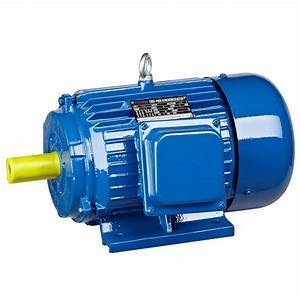The Definitive Guide for Induction Motor Basics - The Engineering MindsetPosted by Creech Gentry on July 28th, 2021 - AC Induction Motors - MOTORS - EV PARTS - Questions
Self-starting polyphase induction motors produce torque even at standstill. ARC Systems -cage induction motor starting techniques include direct-on-line starting, reduced-voltage reactor or auto-transformer starting, star-delta beginning or, significantly, new solid-state soft assemblies and, of course, variable frequency drives (VFDs). Polyphase motors have rotor bars formed to offer different speed-torque characteristics. The current circulation within the rotor bars differs depending on the frequency of the induced current. The various bar shapes can provide usefully various speed-torque qualities as well as some control over the inrush current at startup. Although polyphase motors are naturally self-starting, their starting and pull-up torque style limits must be high adequate to get rid of real load conditions. In injury rotor motors, rotor circuit connection through slip rings to external resistances allows change of speed-torque attributes for acceleration control and speed control purposes. Applications such as electrical overhead cranes utilized DC drives or wound rotor motors (WRIM) with slip rings for rotor circuit connection to variable external resistance allowing significant series of speed control. However, resistor losses related to low speed operation of WRIMs is a major expense disadvantage, particularly for continuous loads. 
The speed of a pair of slip-ring motors can be controlled by a cascade connection, or concatenation. The rotor of one motor is linked to the stator of the other. If the 2 motors are also mechanically linked, they will perform at half speed. This system was when commonly used in three-phase AC railway locomotives, such as FS Class E. 333. Facts About Three Phase Induction Motor: Types, Working, and Applications Revealed
The most typical effective way to manage asynchronous motor speed of lots of loads is with VFDs. Barriers to adoption of VFDs due to cost and dependability considerations have actually been reduced substantially over the past 3 years such that it is estimated that drive innovation is adopted in as lots of as 3040% of all newly set up motors. With scalar control, only the magnitude and frequency of the supply voltage are managed without stage control (absent feedback by rotor position). Scalar control appropriates for application where the load is consistent. Vector control permits independent control of the speed and torque of the motor, making it possible to keep a consistent rotation speed at differing load torque. Like it? Share it! |


